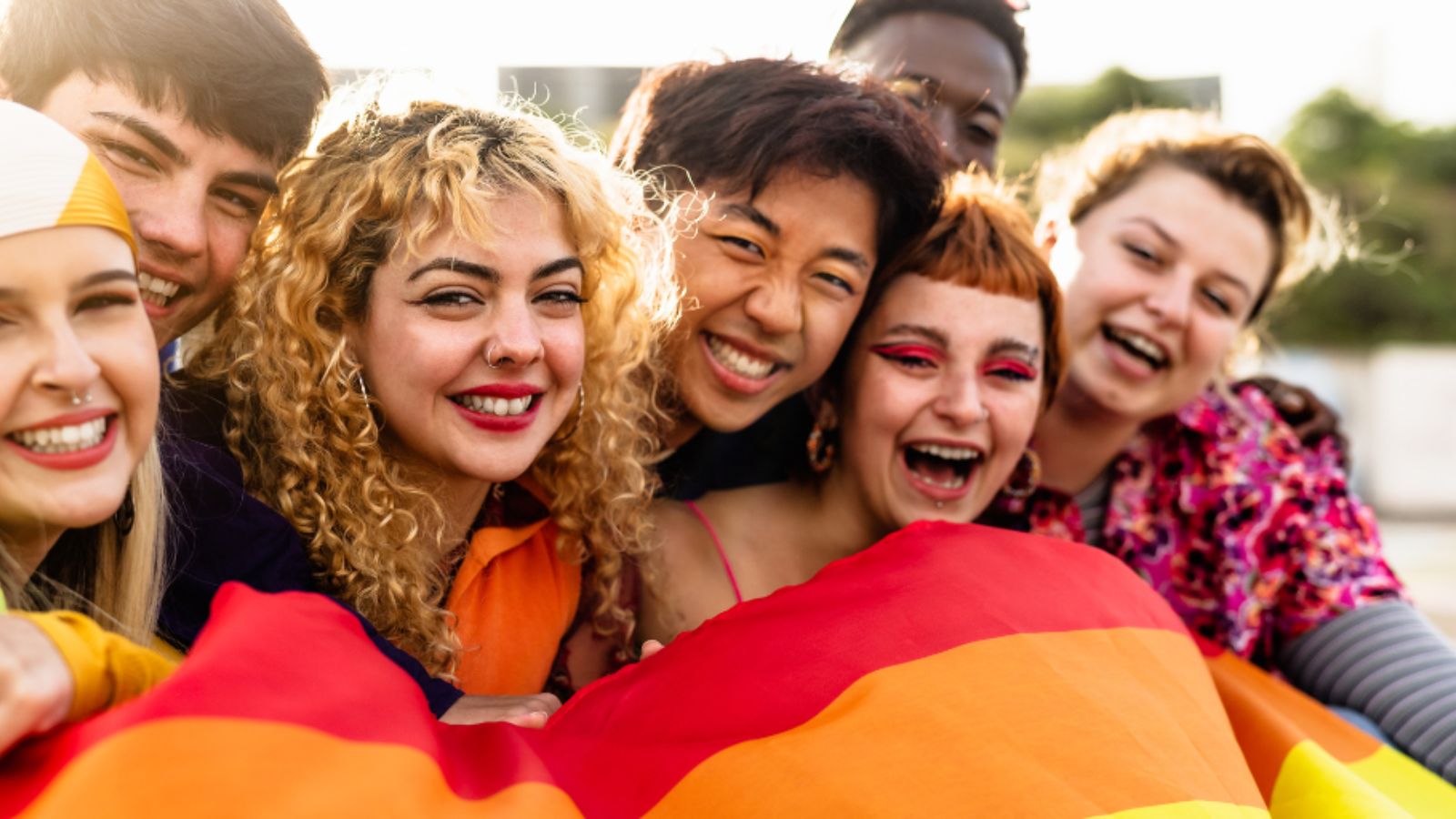by Keira Mahoney
Placement Student, North York Community House
Representation is something that everyone craves, whether it be in kindergarten manifesting a Disney princess with the same skin colour, or in high school, hoping there’s at least one cool celebrity with the same speech impediment. Representation helps to normalise things that aren’t as common in society, or just in certain areas of the world. Nowadays, with television being consumed more than ever through streaming services, representation in both characters and filmmakers is an incredibly huge benefit for people worldwide.
Shelley Lam, a fourth year student at Toronto Metropolitan University, speaks on her own experience growing up gay and without much media representation of the LGBTQ+ experience. When asked what age she first came across LGBTQ+ representation in the media, she answers around thirteen years of age on the blogging website Tumblr. One of the earliest LGBTQ+ shows she watched was Orange is the New Black, a popular 2013 release.
On the effect of watching queer content, Shelley states, “Now watching queer representation and queer plotlines, I then realized, maybe I do like romance because then I can actually relate to it—I hated romance growing up.”
The lack of queer representation in romance films can lead individuals into believing they dislike romance films and novels, simply because they can’t see themselves in the characters.
When asked about what she would like to see in queer representation, Shelley responded, “I would like to see more queer Asian characters, [and] plotlines that aren’t just about coming out—there’s just so many of those nowadays.”
She continues:
“There’s this pattern of teen, queer shows and movies where their coming out story is the main plot. You just want to see a normal, regular storyline that just has queer people in it.” — Shelley
Because being a member of the LGBTQ+ community is still seen as a deviation of the normal, with many storylines portraying queer characters who are shy and tentitave about their identity. While this was entertaining ten years ago, modern queer characters should be able to express themselves confidently. The trope of closeted queer characters who come out over the course of a story is outdated and overused.
Shelley also mentions the “bury your gays” trope, which is a media cliche which results in the death of many LGBTQ+ characters in televison and film, simply because they are viewed as more expendable than their heterosexual counterparts. “I’ve stopped watching a lot of things because of that trope.”
“Seeing queer people having their own storylines in both cheesy scenarios and unique, queer-exclusive scenarios … that has helped me know that queer people can have individual lives and stories. Growing up in a heteronormative society, you don’t really see that, so you can’t really know that exists.” — Shelley
